Celtic Park: Celtic
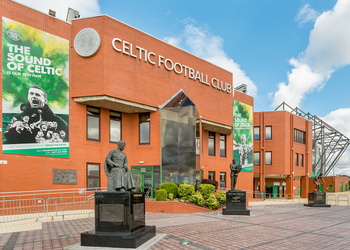
Celtic Park was built in 1892 and opened to replace… Celtic Park. When The Celtic Football Club was formed in 1887 they needed somewhere to play their games, so they opened a stadium in the Parkhead Area of the city and called it Celtic Park. There was a dispute over the rent in 1892, however, so they built a new oval-shaped ground to replace it at a disused brickyard around 200 yards from the old ground. Naturally they wanted to keep the name that they given to their old ground and so it was also named Celtic Park.
The connection between Celtic and Ireland is well-known, but perhaps what is less well-known is the story of how the first turf installed at the ground was imported from County Donegal. It was laid in the ground by the Irish patriot Michael Davitt, who also planted shamrocks and recited a verse about it. The verse declared that it would ‘take root and flourish’, but it was stolen not long after, so it didn’t. The ground has two nicknames, Paradise and Parkhead. The latter comes from the part of Glasgow the stadium is located in, with the former coming from a journalist who said the move from one ground to another was like ‘leaving the graveyard to enter paradise’.
Stats
| Celtic Park Stats | |
|---|---|
| Year Opened | 1892 |
| Capacity | 60411 |
| Average Attendance | 59038 |
| Record Attendance | 83500 (Celtic v Rangers (1938)) |
| Pitch Size | 105 x 68 (7140) |
| Nickname | Parkhead, Paradise |
| Owner | Celtic F.C. |
| Clubs Hosted | Celtic |
| First Fixture | Celtic v Renton (20/08/1892) |
| Celtic Stats | |
|---|---|
| Year Founded | 1887 |
| Nickname | The Bhoys, The Hoops, The Celts |
| Club Mascot | Hoopy the Huddle Hound |
| Rivals | Rangers |
| Previous Stadiums | Celtic Park |
| Kit | Green & White (Home) / Green & Dark Green (Away) / White Striped (Third) |
| Training Ground | Lennoxtown training centre |
| Shirt Sponsor | Dafabet |
| Team Owner | Celtic PLC |
| Record Goalscorer | Jimmy McGrory (522) |
| Record Appearances | Billy McNeill (822) |
Celtic Park Photos
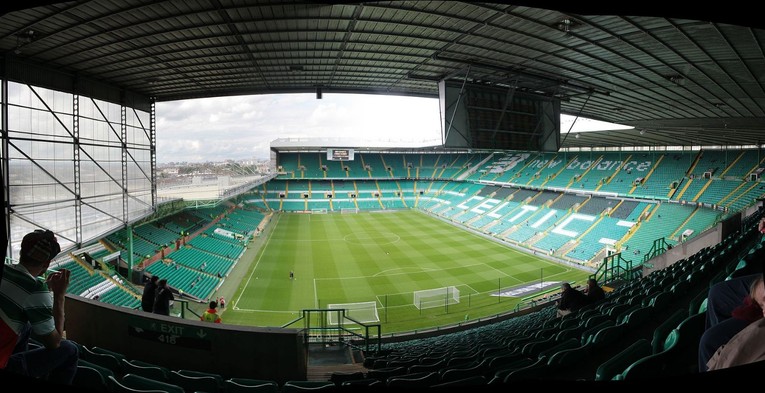
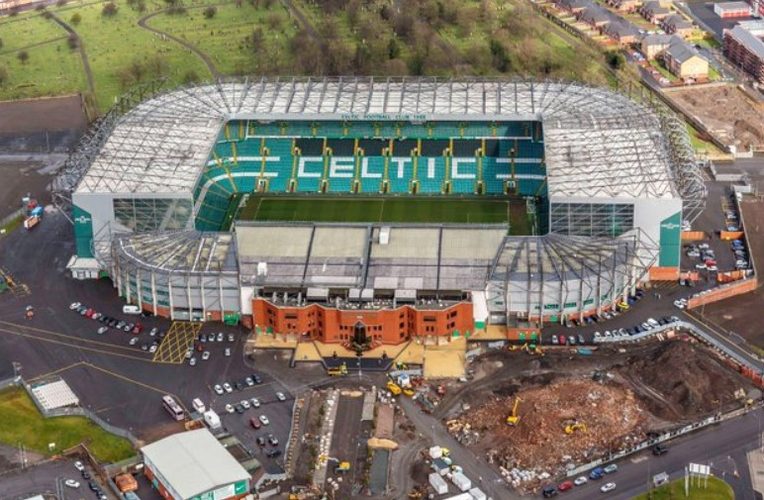
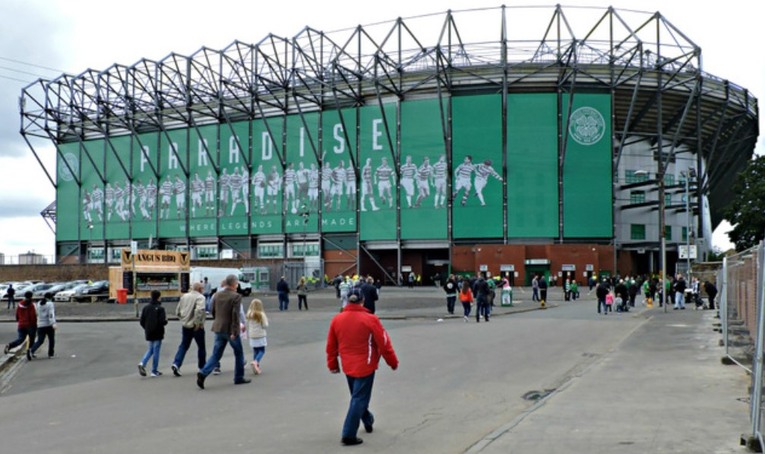
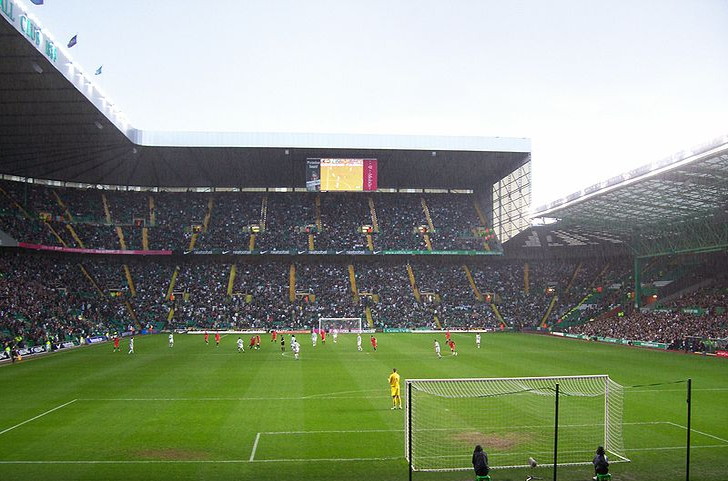
By lism. from Glasgow
Celtic Park Seating Plan and Where to Sit
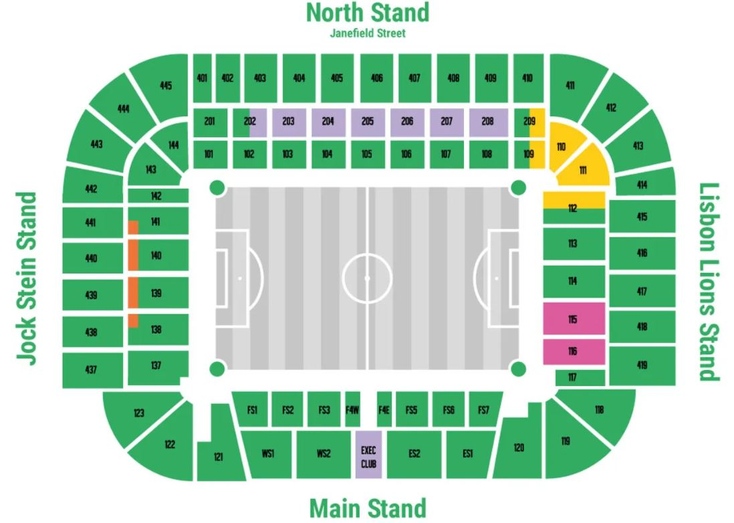
Celtic Park is built in a ‘bowl’ style similar to what you might expect to see in a continental football ground. There are four main sections, which can be outlined as follows:
- The North Stand – Located on Janfield Street and running the length of the pitch, The North Stand is one of three sections of the stadium that has two tiers.
- The Main Stand – Also known as the South Stand and therefore is predictably directly opposite The North Stand is The Main Stand, so named because it houses most of the main facilities of the stadium such as the Director’s Box and the dugouts. This stand has one split tier.
- The Jock Stein Stand – Named after the club’s legendary manager, this stand was opened in 1998 and can seat 13,000 people in two tiers.
- The Lisbon Lions Stand – Named in honour of the team that won the 1967 European Cup, this stand houses the away supporters in one corner. It’s also the part of the ground where safe-seating was introduced for the start of the 2016-2017 season. This stand also has two tiers.
Celtic Ticket Prices
Celtic don’t make it easy for people to find out about their ticket prices. This may be because their decision to charge supporters £50 for tickets to see the Bhoys take on Rangers in the 2016-2017 season led to some protests. If I tell you that in 2024 they charged £54 for the same fixture, you can see how much of a rip off it was at the time.
Regardless, they charge different amounts for different matches depending on the opposition and depending on where in the ground you’d like to sit. It’s cheaper to see a Betfred Cup game than it is to go to the Old Firm clash, for example.
For your average game, you can expect to pay around £32 as an adult and £22 as a concession.
How To Get Celtic Tickets
Celtic have an excellent website where you can buy your tickets and know exactly where you’re sitting. You can also speak to the ticket office on the phone, email them with questions or call in in person. If you do call it will be charged at 13p per minute from their end though, which is a right cheek.
Where to Buy
Getting To Celtic Park
Glasgow is, alongside Edinburgh, one of the most popular cities in Scotland to visit. For that reason there are plenty of ways to get there, with the following being some of the most typical routes you’d choose:
Train – A train from London to Glasgow Central will take about four and a half hours with no changes. Longer routes are available, but why would you? Once you’ve arrived in Glasgow you’ll want to get yourself to either Argyle Street or Dalmarnock stations, which are about five minutes walk from the ground. Alternatively, Queen Street Station has a train that runs to Bellgrove, which is about twenty minutes away.
Bus – From the centre of Glasgow you’ll want to get the 61, 62, 64, 255 or 240 to Tollcross Road, getting off at Parkhead Forge Shopping Centre and walking the rest of the way. The 43 goes along London Road and right past the stadium.
Car – If you’re heading to the ground from the North or South you’ll want the M74 or M73 and then get onto the M74 (East). From there take the exit onto the A74 and stay on it until you see the stadium. From the East or West it will be the M8 that you’ll be taking, leaving at Junction 12, 13 or 14 and following the signs.
By Air – Glasgow International Airport is where you’ll want to fly into if you’re coming from abroad, seeing as though it’s about eleven miles from the ground. There is a bus service from the airport to the local train station, Paisley Gilmour Street.
Taxi – A taxi from Glasgow Central Station to Celtic Park will take you about fifteen minutes and should cost you somewhere in the region of £15.
Parking Near Celtic Park
There is parking at the Janefield Street end of the ground for £8 per car. You might also want to try to get parked up on one of the residential streets in the area, but there will be parking restrictions in place.
Useful Resources
- Parking - Just Park
Celtic Park Hotels
Having hosted the Commonwealth Games in 2014 and with both Celtic and Rangers having stadiums in the city (to say nothing of Hampden Park), it’s safe to say that Glasgow knows how to put up large numbers of people. Here are some of the best hotel options you’ll want to look at:
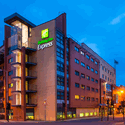
Holiday Inn Express Glasgow City Centre Riverside - £40+
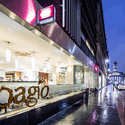
Mercure Glasgow City Hotel - £65+
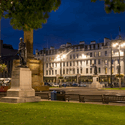
Millennium Hotel Glasgow - £80+
Pubs and Bars Near Celtic Park
Scotland is known for having a vibrant bar and pub scene, with Glasgow being no exception. Head to the right part of town and you can have a brilliant night, with whiskey, Tennents and maybe an Irn Bru, too:
The Real McCoy
Old Black Bull
The Tavern Bar
Facilities
Most of the ground has been re-developed in recent years, meaning that facilities are actually very good. There are all of the usual places to grab a drink or a bite to eat, and views are generally pretty good from everywhere.
Prices
- Programme: £3.5
- Pie: £2.2
- Cup of tea: £2.2
- Beer: £4.2
Hospitality
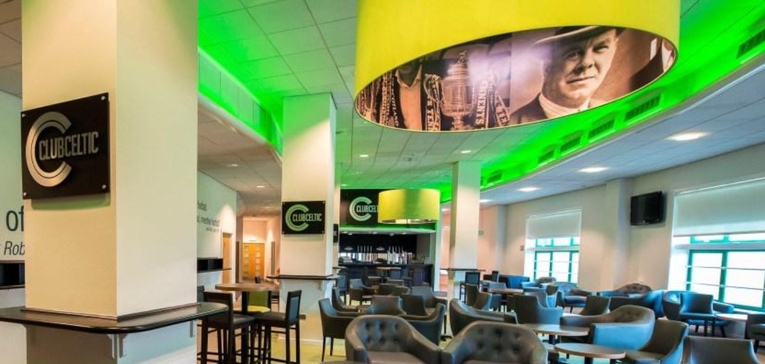
There are a number of match day hospitality options open to you at Celtic Park, and they are as varied as the day is long. Seasonal, match by match, 3 match packages, and even specific packages for major games. Here’s some information on the key packages available:
- Number 7 Restaurant – The Number 7 Restaurant promises a champagne reception, four-course meal with wine before the game, complimentary bar both before and after the game and a premium seat as well.
- Cafe 1888 – This relaxed contemporary style lounge is useable before, after and during the game and offers a tapas style menu, complimentary beers, wines and soft drinks, a padded seat and half-time snacks.
- The McNeill Suite – Named in honour of one of the club’s greatest captains, this lounge has a hot buffet pre-match, a complimentary bar and a seat in The North Stand.
- The Executive Club – With seats within the Director’s Box, half-time refreshments, on-site betting, a cash bar and food available to buy, this is one of the most sought after executive lounges at the ground.
- Club Celtic – This relaxed and informal setting is available before, during and after the game and also has a cash bar, hot food available, half-time snacks and a premium seat in The North Stand included.
Private Hire
Much like the ground itself, Celtic’s conferencing facilities are recognised as some of the best in Europe. There are executive boxes overlooking the pitch, large lounges that can accommodate big meetings, parties and more. You can use all of the facilities for a large event or conference up to 600 people, or just some of them for a dinner dance or workshop – it’s entirely up to you.
Stadium Tours & Museum
As one of the biggest stadiums in Europe, it’s fair to say the Celtic Park has a fair bit to offer for people who would like to take a tour of the ground. You’ll get to see the club’s boardroom, the trophy cabinets, the first-team dressing room and the players’ tunnel. You’ll also get to stand pitch side and sit in the manager’s seat, looking around the incredible stadium.
Tours run Monday to Friday at 11am and 1.45pm. On Saturdays and Sundays tours go at 11am, 12pm, 1.45pm and 2.30pm if it’s a non-match day and at 9.30am, 10am, 10.30am and 11am on match days with a 3pm kick off. The price is £17.50 for adults, £12.00 for children (under 5s free) and £15.50 for concessions. You can also get a family ticket for £55.00. If you’re a season ticket holder you get a 20% discount.
There is no museum as such, but there are plenty of pieces of Celtic memorabilia throughout the stadium as well as, of course, lots and lots of nice and shiny trophies for you to look at.
About Celtic
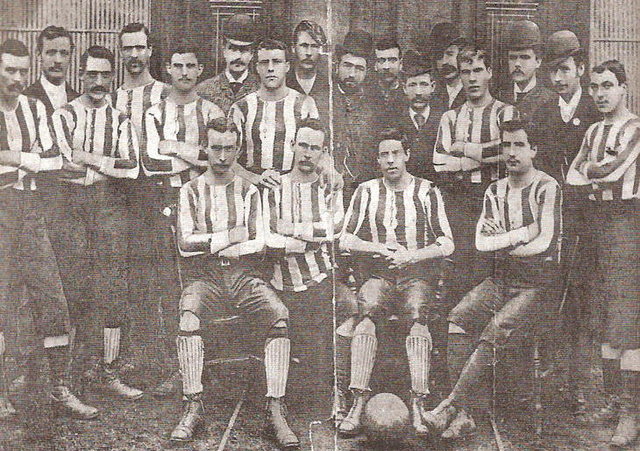
The Celtic Football Club was founded in 1887 and had the aim of helping to alleviate poverty for the Irish immigrant population in the city of Glasgow. From 1900-1910 the club won six successive top-fight titles, announcing its arrival in the world of Scottish Football. The most successful period came sixty years later, however, when Jock Stein led The Bhoys to nine consecutive titles as well as a European Cup win.
With 47 league titles, 36 Scottish Cups, 15 Scottish League Cups and that European Cup trophy in the cabinet, Celtic are one of the most successful clubs in Scotland. The other, of course, is Glasgow Rangers with whom Celtic enjoy a long-standing rivalry. When the two clubs play each other the match is referred to as the Old Firm derby, a game that hasn’t always been all that friendly. Whilst Celtic have a strong Catholic connection, Rangers supporters are more commonly Protestant, with both sets of fans seeing their religious differences as key to who they are.
Celtic Park History
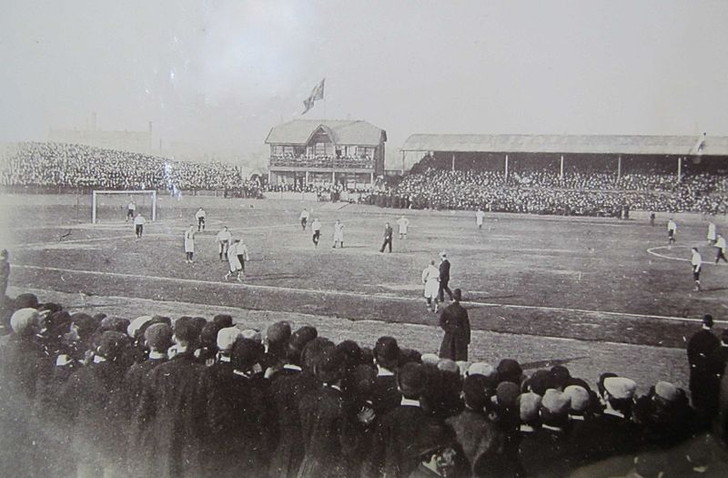
The record attendance for a match at Celtic Park was set on New Year’s Day in 1938 when 83,500 people turned up to watch Celtic take on Rangers. That was back when the ground had large terraced areas, before the Taylor Report into the Hillsborough Disaster ruled that top-flight stadiums in the UK needed to be all-seater constructions. In the mid-1990s the club was bought by Fergus McCann who demolished the old terraced areas and rebuilt the ground section by section. The re-structuring of the stadium was completed in 1998.
As well as Celtic matches, Parkhead has also been used to host Scotland international games and various Scottish cup finals. Before the First World War it was regularly used for different sports such as composite rules shinty-hurling, track and field events and even the 1897 Track Cycling World Championships. The ground was used for the opening ceremony of the 2014 Commonwealth Games, held in Glasgow, and it has been the venue for numerous concerts over the years.
Future Developments
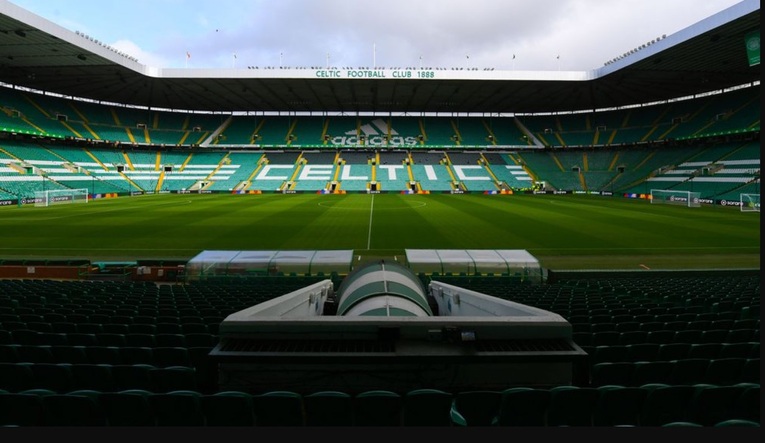
Numerous cosmetic developments have taken place at Celtic Park in recent times, including the addition of the safe-seating section in 2015, and a section of almost 3,000 rail seats in 2016. For that reason any further developments are unlikely in the near future.
